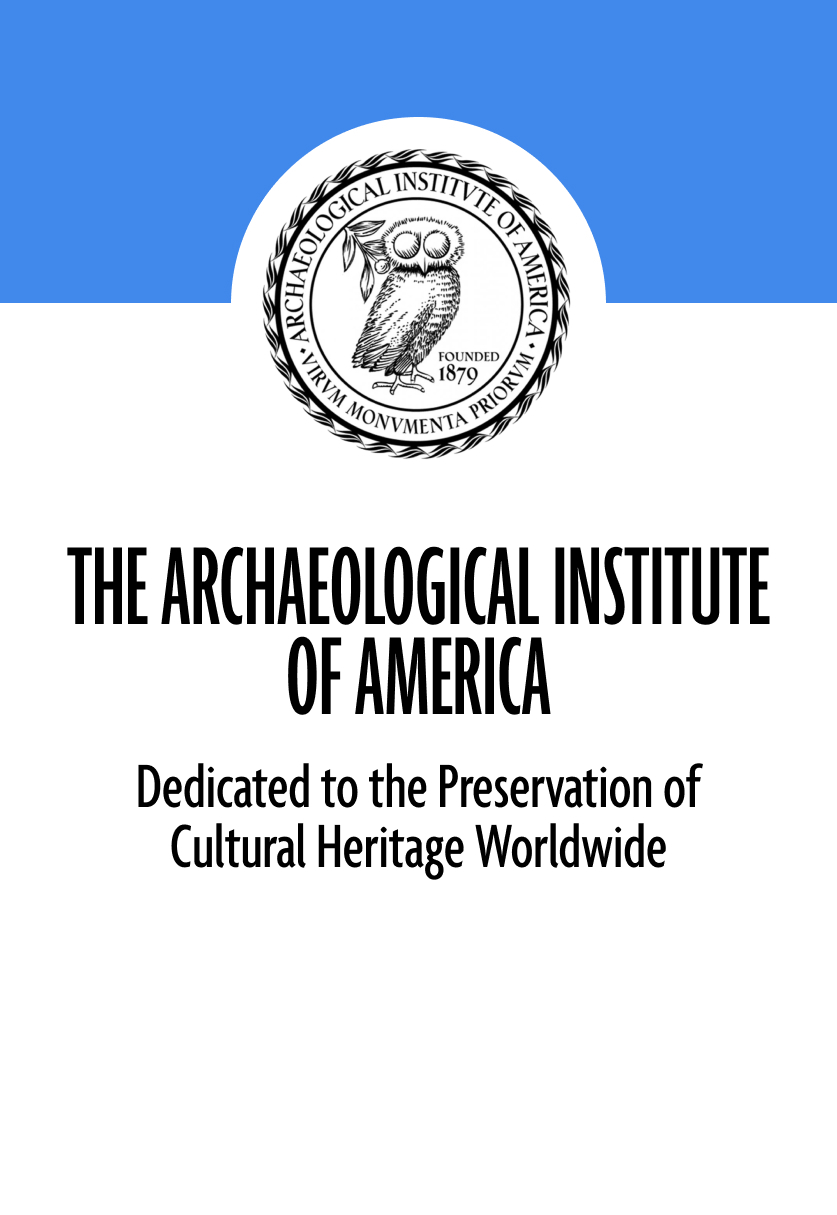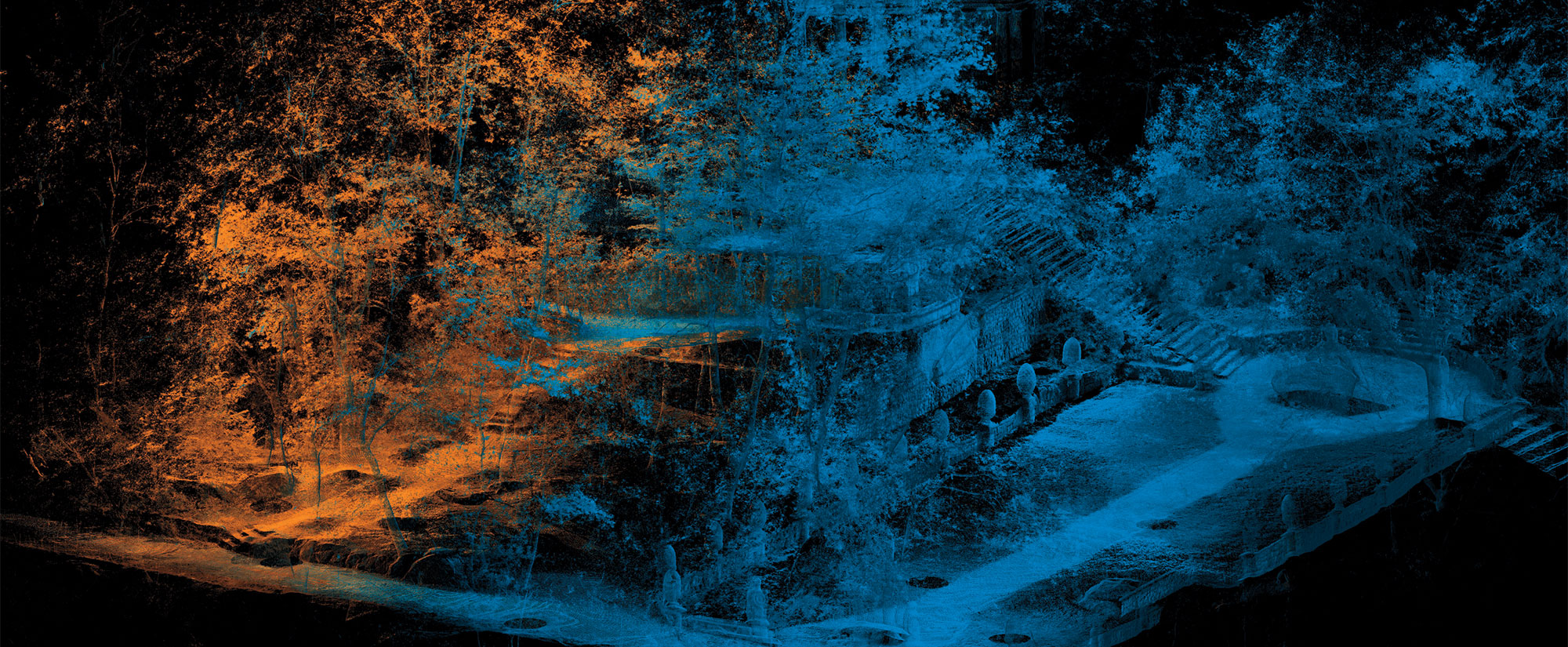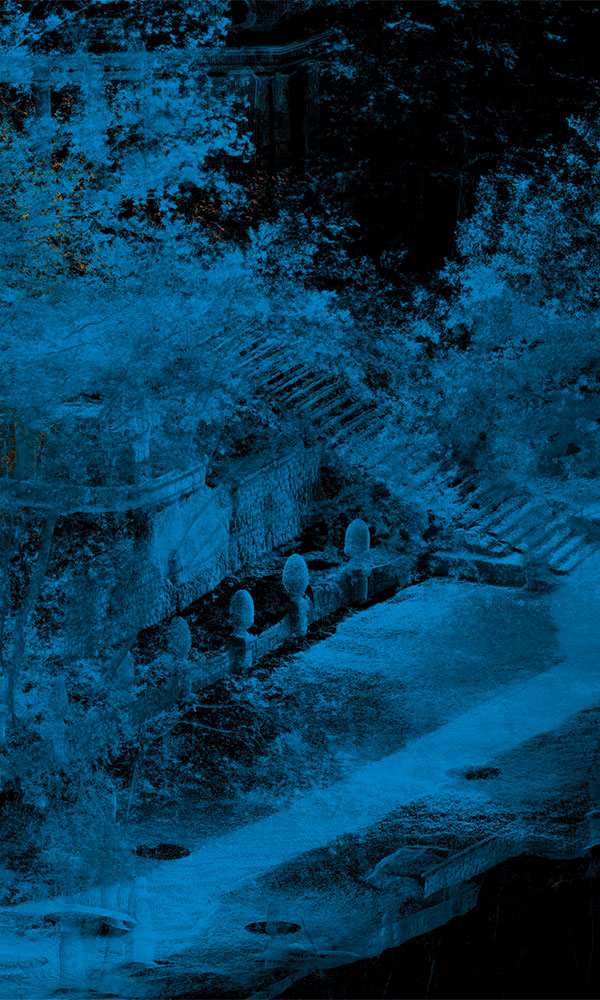LIGONIER, PENNSYLVANIA—On November 12, 1758, George Washington, then a colonel in the British army, faced imminent peril. Years later, he wrote that his life was in as “much jeopardy as it ever had been before or since.” Washington was pursuing a contingent of French troops near Fort Ligonier in western Pennsylvania during the French and Indian War when fog and darkness caused confusion, which led to a brutal exchange of friendly fire between Washington’s own soldiers and fellow British troops under Col. George Mercer. Playing hero, Washington risked his own life by galloping through thick crossfire to stop the shooting and call for a ceasefire. However, dozens were injured or killed in the accidental encounter. According to a report in The Tribune-Review, historians and archaeologists have long searched for the exact spot where this event took place, but have only recently identified it. A team led by Juniata College archaeologist Jonathan Burns found eighteenth-century uniform buttons, bullets, and buckles, allowing them to pinpoint the location—about two miles from the fort—where the skirmish likely occurred. “We found it. I’m confident that we’ve got it,” Burns said. “It’s not every day you get to announce a heretofore undiscovered Washington battlefield.” For more on the archaeology of the French and Indian War, go to "Letter from Lake George: Exploring the Great Warpath."
Archaeologists Identify French and Indian War Battlefield
News July 18, 2025
Recommended Articles
Digs & Discoveries November/December 2025
Washington Risks It All
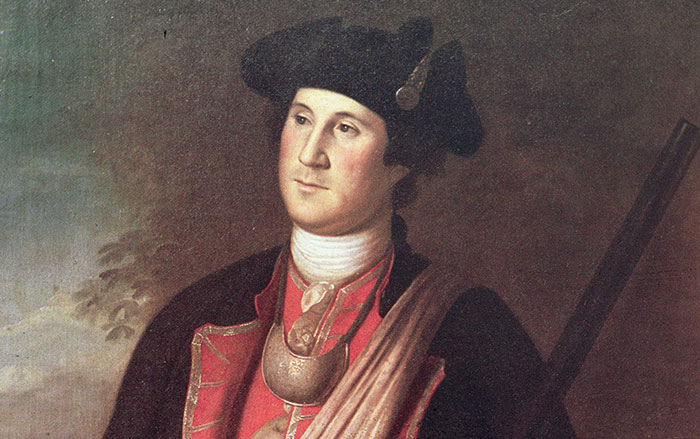
Letter from Philadelphia March/April 2017
Empire of Glass
An unusual industrial history emerges from some of the city’s hippest neighborhoods
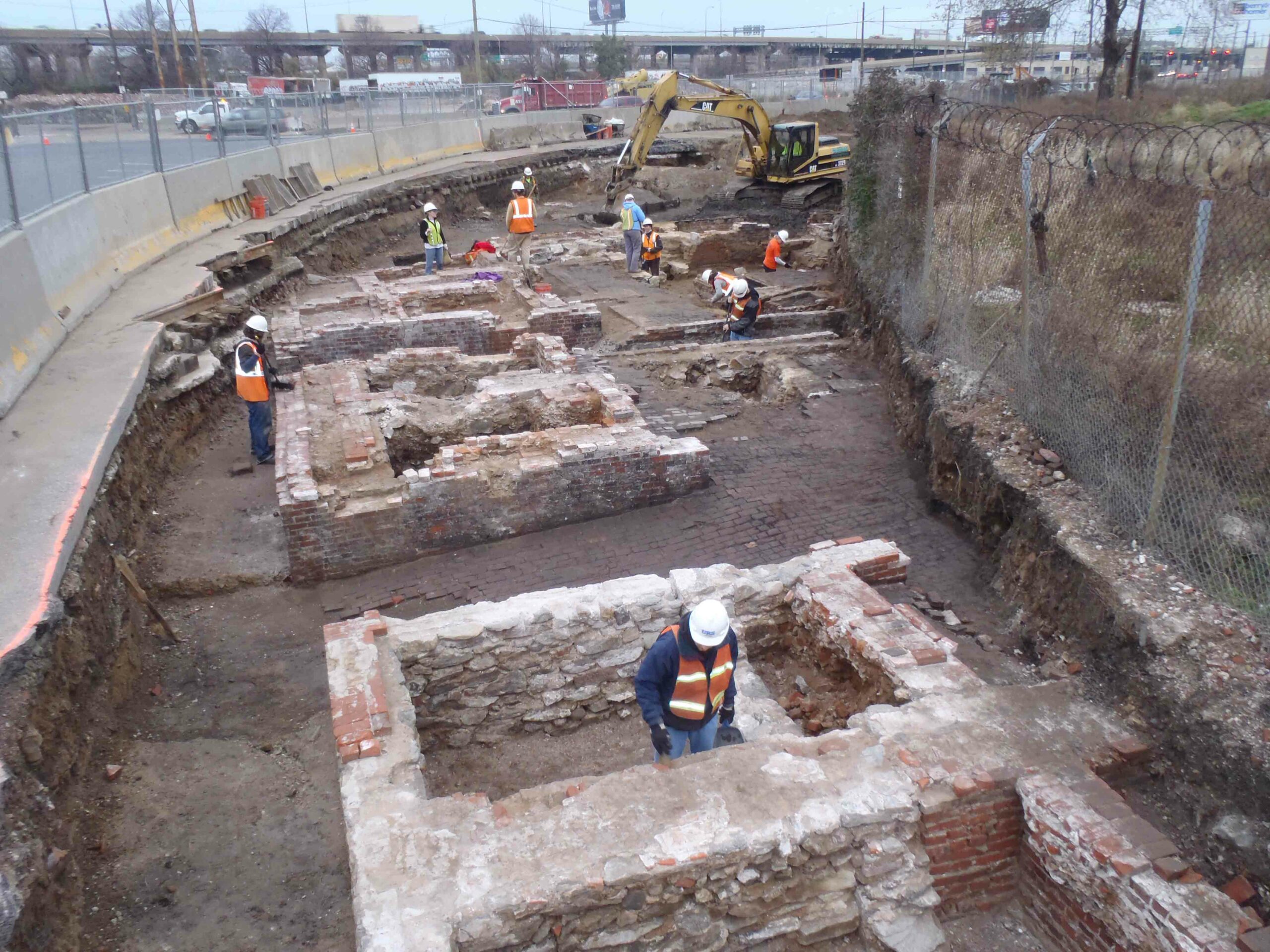
Digs & Discoveries November 1, 2011
Does the Natural Gas Boom Endanger Archaeology?
On the North Branch of Pennsylvania's Susquehanna River, roughly an hour northwest of Scranton, sits Friedenshuetten. Meaning "tents of peace," the village was an eighteenth-century utopia founded by a Moravian missionary. There, both expats from what is now the eastern Czech Republic and Native Americans of the Eastern Delaware Nation coexisted in log cabins and wigwams from 1763 until 1772 when simmering distrust dissolved the settlement.

Letter From Pittsburgh July 1, 2011
The Steel City Recycles Its Past
Artifacts of nineteenth-century daily life find new homes in the twenty-first century.
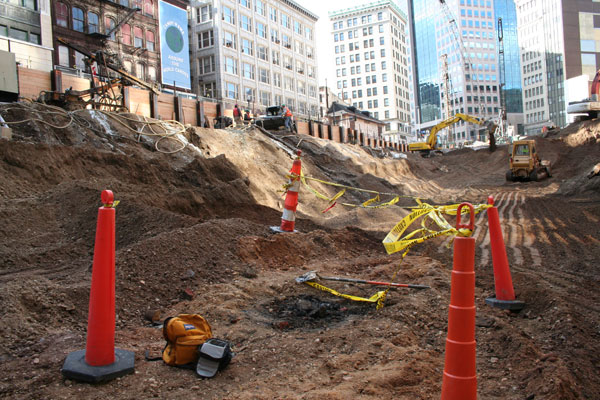
-
Features July/August 2025
Setting Sail for Valhalla
Vikings staged elaborate spectacles to usher their rulers into the afterlife
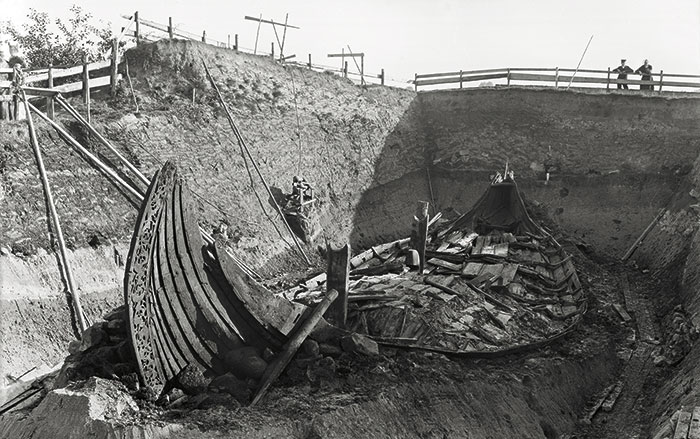 Museum of the Viking Age, University of Oslo
Museum of the Viking Age, University of Oslo -
Features July/August 2025
The Home of the Weather God
In northern Anatolia, archaeologists have discovered the source of Hittite royal power
 Tolga İldun
Tolga İldun -
Features July/August 2025
In Search of Lost Pharaohs
Anubis Mountain conceals the tombs of an obscure Egyptian dynasty
 Photos by Josef W. Wegner for the Penn Museum
Photos by Josef W. Wegner for the Penn Museum -
Features July/August 2025
Birds of a Feather
Intriguing rock art in the Four Corners reveals how the Basketmaker people drew inspiration from ducks 1,500 years ago
 Courtesy John Pitts
Courtesy John Pitts
